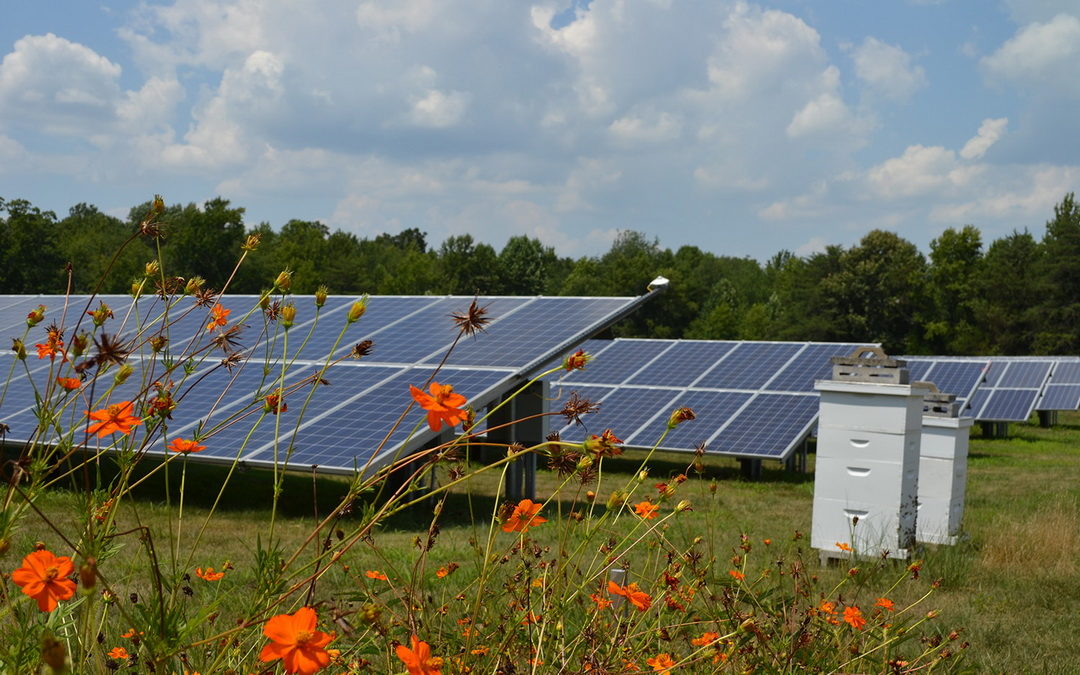A slow, uncertain economic recovery from the COVID-19 pandemic, along with advances in renewable energy technology, will shape demand this year and beyond, federal energy officials say.
“A return to 2019 levels of U.S. energy consumption will take years,” said Stephen Nalley, acting administrator of the Energy Information Administration, at a Feb. 3 virtual presentation of EIA’s Annual Energy Outlook. “The pace of economic recovery, advances in technology, changes in trade flows, and energy incentives will determine how the United States produces and consumes energy in the future.”
EIA cited the historic drop in energy demand sparked by the global pandemic as a major factor influencing the Department of Energy’s forecast in the year ahead.
“The COVID-19 pandemic certainly presented unique challenges,” said Angelina LaRose, the agency’s assistant administrator for energy analysis. “[It] will have a lasting impact on energy consumption as well as upon energy-related carbon dioxide emissions.”
EIA does not expect domestic energy demand to return to 2019 levels until at least 2029. As the electricity sector recovers, much of the demand will be met by increased renewable generation and abundant natural gas generation, with coal and nuclear generation continuing their decline.
“Advances in technology are lowering the costs of renewable electricity,” said Nalley, citing declines in costs for solar and battery technologies.
The EIA outlook said that 1,000 gigawatts of projected new generation over the next several decades will be almost exclusively from renewable energy and natural gas generation.
Record domestic production of crude oil and natural gas, however, are projected to keep those fuels relatively competitive with renewable generation in the near term.
LaRose also noted that, while overall demand for electric power is expected to climb, increased conservation and efficiency by consumers is expected to drive a gradual decline in residential demand over the next three decades.

